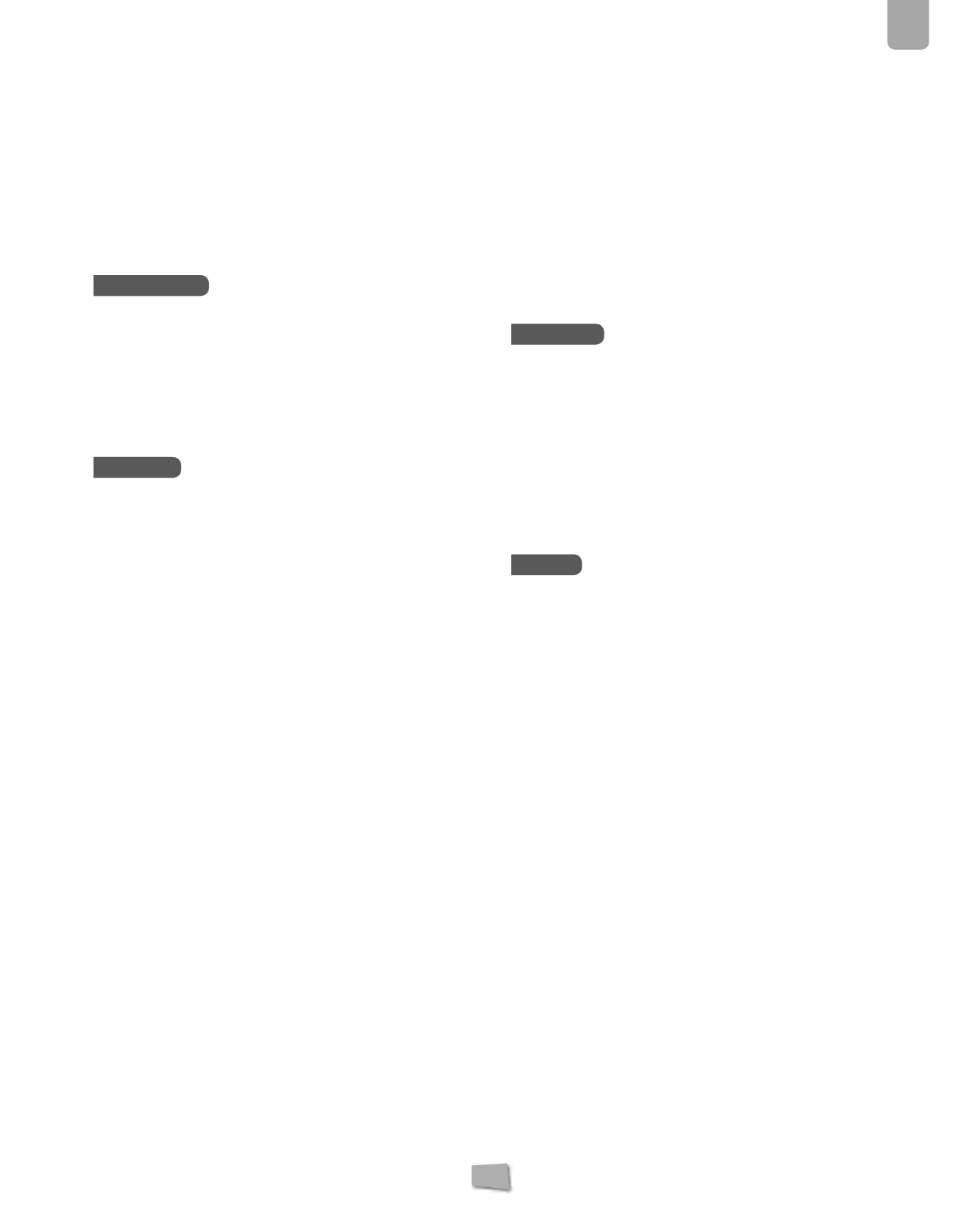
113
5
Structures
19.
Experiment with laminated structures. Place a sheet of
paper flat between two desks. Does it stay horizontal?
Try again but, this time, bend the sheet of paper like in
the structure in the photo. What happens? Why?
Placing a sheet of paper between two desks demonstrates
the effectiveness of the folds and curved shapes in laminated
structures. A sheet rolled up into a hollow tube or folded in
four remains standing better than if completely flat because
it takes on the shape of an arch or has an edge which can
withstand the bending it experiences.
Understand
20.
Look at the photo. Can this type of structure support
bending?
These structures cannot bear large loads. They remain upright
because of the balance between the compression of the
air inside them and the traction of the outer membranes.
However, they are just self-supporting and cannot have
different storeys, nor can they bear bending stress without
becoming very deformed.
Analyse
21.
Look at the photo. How do the bars join the metal
nodes? What kinds of stress are acting on these
nodes?
The nodes of this type of structure must be designed to
withstand compression and traction when they are joined to
the bars because these are the two types of stress which the
bars put on them.
22.
Many structures combine several of the ones we have
seen. Examine the viaducts in the photos and say
what structure types and materials are used in them.
Can you find the relationship between the shape and
the material of the parts and the types of stress they
bear?
The Madrid viaduct is a concrete arch in which the load from
above is distributed across vertical supports made of concrete.
All of its parts are compressed. The Hacho viaduct is a structure
consisting of compressed vertical pillars made from brick
subjected to compression and a triangular metal girder (the
girder is bent and each member tensioned or compressed).
Materials such as concrete, brick and stone can be used in
parts subjected to compression. Steel can be used in parts
which may be tractioned.
Evaluate
23.
Think about the materials that you could use for your
bridge: thread, paper bars, wire, cardboard, balsa
wood etc. How and why will you use these materials
for building different parts of the model?
Wire and thread can only be used in parts such as cables or
bars which will be tractioned. Paper and cardboard bars can
be used for many purposes, but they must be sufficiently
thick if they are going to be compressed. Balsa wood is easily
breakable and you have to bear in mind its position (as is the
case with cardboard) at the design stage. It always offers more
resistance in the direction of its grain.
Apply
24.
Think about the different types of structures we have
looked at. What kind of bridge do you want to build
for the unit project? Draw a sketch.
Student’s own answer.


